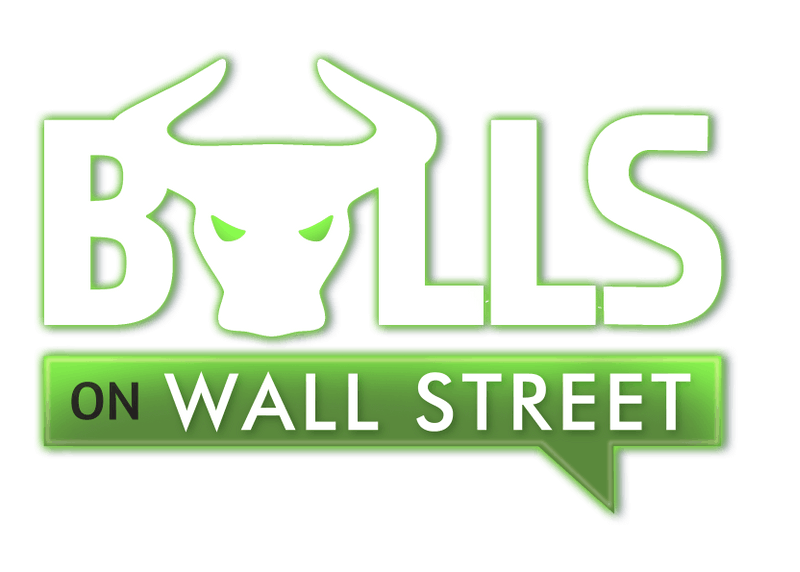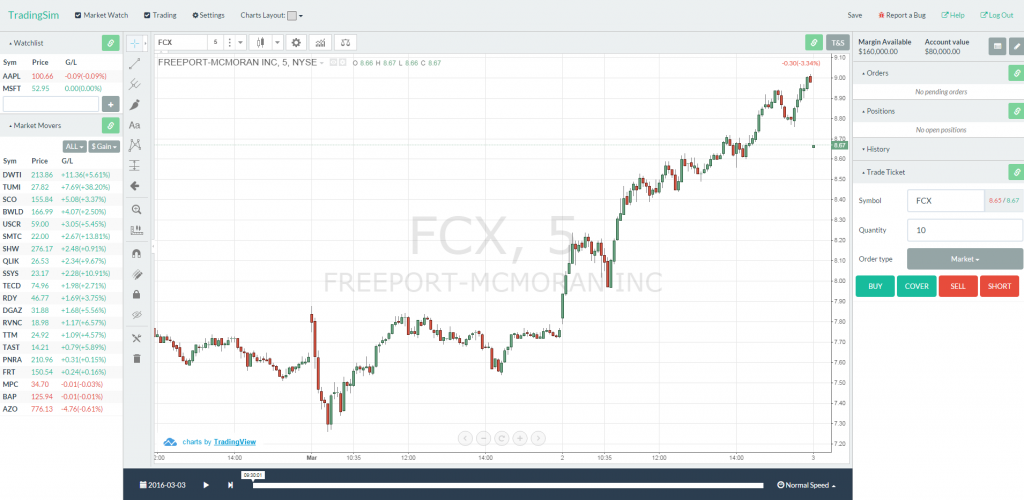How to Use a Trading Simulator
You will hear a variety of opinions about how useful it is to use a trading simulator – also called ‘paper trading’ – in the day and swing trading communities. Some trading authorities say that a trading simulator is essential, and that to begin trading without spending significant time on one first is folly. Others claim that they are of little value, providing an environment that differs too greatly from actual trading to be useful. I think that the truth is somewhere in the middle; if you understand how to use a trading simulator and are aware of its benefits and weaknesses, it can be a valuable tool.
Here’s how I recommend using a stock trading simulator.
Building Confidence
A simulator can be a great way to build confidence as a trader. This is obviously useful for new traders, but also experienced traders trying to bust a slump. Sometimes you will get caught in a downward spiral of bad trades, which leads to lack of confidence, which leads to more bad trades. Stepping away from your brokerage account and all the pressure that comes with trading real dollars and spending some time on a simulator can be a great way to regain that confidence.
Trade Execution
Reading books on the market and attending trading education courses are a great way to develop the knowledge base that every winning trader needs. But those things don’t – and can’t – prepare you for actually executing trades. It might seem silly, but when stocks are flying and alerts are going off at 9:35 AM, something as simple as where the buy button is can throw you for a loop. While your simulator will likely be setup differently than your actual brokerage platform, they should be similar. Simply executing some paper trades can help with the mechanics of buying, selling, shorting, and covering.
Testing Strategies and Scans
Do you have new strategy you’d like to test? A simulator is great for that. It’s not a perfect replica of the actual trading environment (the final two items will get into this), but it’s good enough to be of use. This is true of new scans, too. If you are playing with a new scan and want to see how well your watch list would have done, paper trade it!
After-Hours Trading Practice
I’m a trading addict. It’s exhausting, and sometimes frustrating…but it’s also exhilarating and deeply satisfying, particularly when you are making money! But really, the market’s not open that long each day, and for most of us active traders there are periods of the day that are basically un-tradeable. So, trade after hours on a simulator! Our Bootcamp students get access to the excellent TradingSim simulator, which allows you to replay past days as if they were occurring in real time. Want to trade last Tuesday when all those earnings plays were running? Fire up TradingSim at any time of the day or night and go for it!
Risk Management
Now this is an area where a simulator is useless. If your big hangup as a trader is risk management, a simulator won’t help you. Worse than that, it might lead you to think it’s helped you, building false confidence. The reason for this is simple – when real money isn’t on the line, it’s easy to honor your stops. Who cares about losing a few fake dollars? Paper trading can also lead to too much risk, as you aren’t worrying about losing fake money, so you can swing for the fences with huge position sizes. Risk management is a crucial part of trading; if it’s an area where you struggle, don’t look to a trading simulator for help.
Trading Psychology
This is the other area where trading simulators are of little practical use. If you know the patterns, know risk management, but can never pull the trigger on a good trade, that’s a trading psychology issue. If you don’t honor your scale-out levels because you are afraid things are going to turn around on every single trade, that’s a trading psychology issue. Every trader experiences problems like these; we are all influenced by our emotions, to some degree. Trading psychology is an enormous topic that’s beyond the scope of this article. Just know that a simulator won’t help you with most trading psychology issues for the same reason it won’t help you with risk management – your brain knows real money isn’t on the line, so the fear and the greed don’t play a huge role in your decisions.



